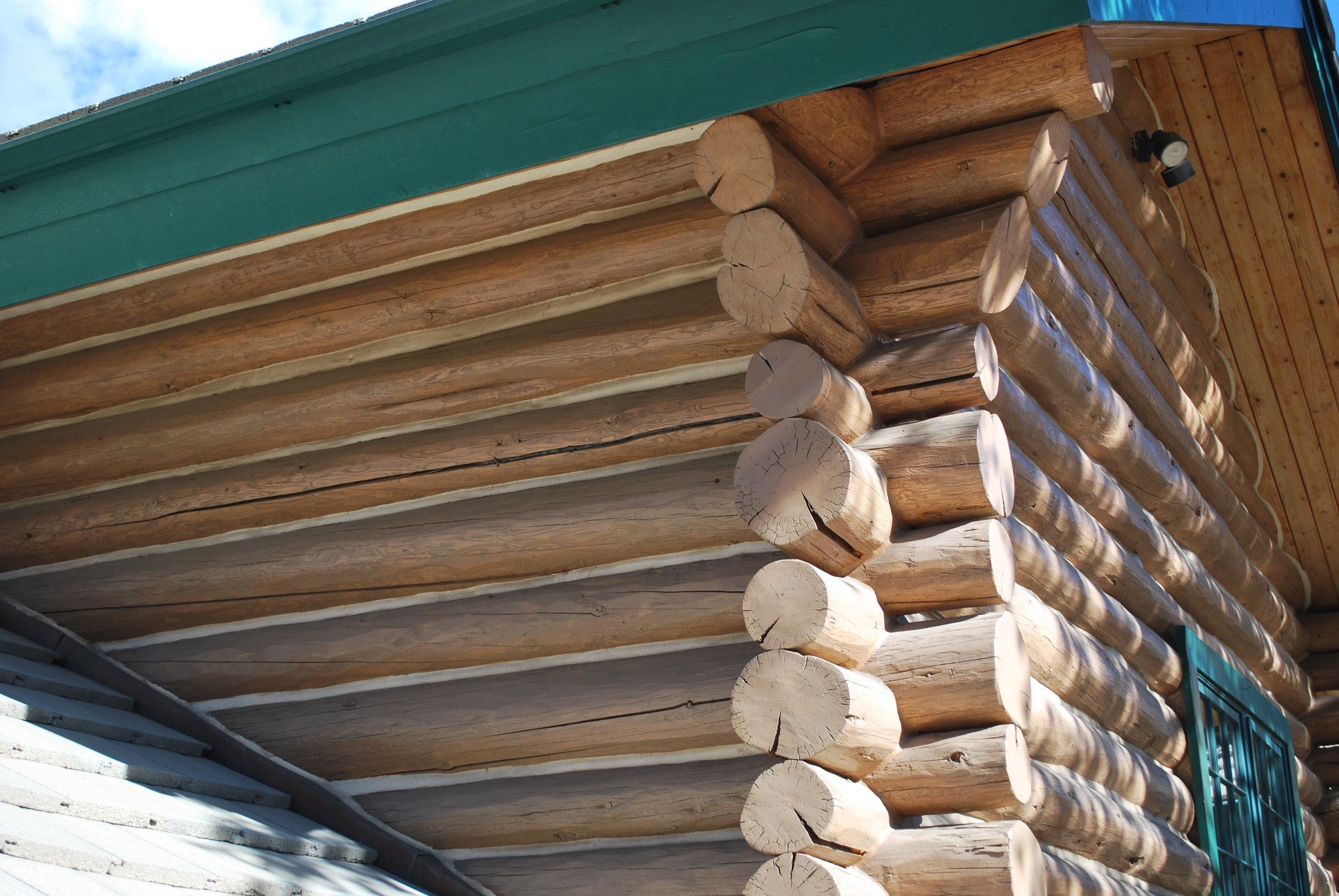Why is Chinking Important to Your Log Home?

It's no wonder that so many people are drawn towards living in log homes. They are beautiful and have an adventurous, outdoor feel to them that is unlike any other home. However, with all of the perks, there is a host of maintenance and knowledge that goes hand in hand with living in a log home. Let's look at what chinking is and why it is important to your log home.
What is chinking?
Chinking is similar to caulking (though the two are different). Chink is worked into the seams and creases of the log home for multiple reasons. It is made with fine sand granules and latex polymers. Unlike caulk that's used for small cracks and crevices, chinking can cover much larger spaces - up to seven inches and more.
Benefits of chinking
Your log home needs to be protected between the logs and around any crevices. Some people think that chinking actually looks quite pretty and defines the log home's natural angles. However, the benefits of this go well beyond being pleasing to look at.
When you chink between the logs, you are actively protecting your home from invaders such as bugs. This is especially important for log homes because when not properly cared for they are susceptible to damage from insects and rodents. It also prevents the cool or warm air inside the home from escaping. Keeping your cooling and heating bills low is going to be a huge benefit to your wallet, and it makes everyone who lives there more comfortable.
You'll be happy that you had a proper chinking job done when you experience a lot of rain. Chink seals the home and keeps water from entering and settling in places that it shouldn't. In order to protect a log home, you must factor in how to keep it safe from water damage. You don't want to have to deal with the cost and hassle of rotting logs.
In any home it is a good idea to seal around areas such as the doors and windows, but especially in a log home you'll really want to protect these areas. You'll save money on your energy costs and can enjoy keeping your curtains open to let the sunshine in, no matter what the temperature is outside. Plus, chinking around your windows and doors will be a more attractive option than using tape or cloth to deal with these drafty trouble spots.
Have your log home inspected
If you have had chinking applied to your log home, but feel that the wood has expanded since the last time it was applied, you should call a professional to come take a look. They will be able to tell you if you are due to have more applied, or if everything looks good. Pay attention to drafty areas and walk your log home often to ensure that it is well sealed and properly chinked.




